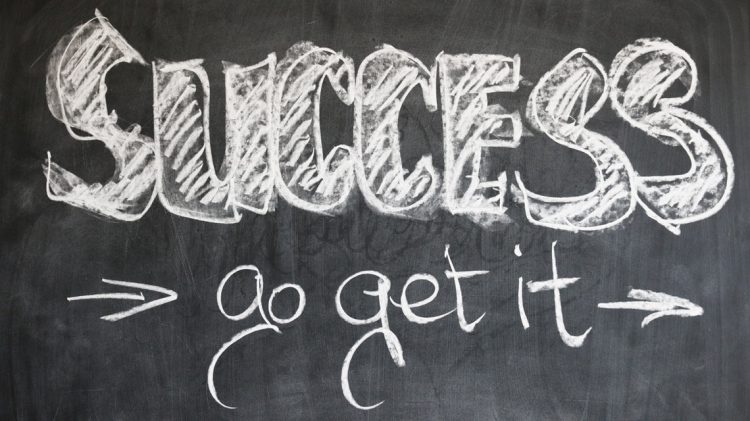Equipment consistency and management is crucial in process industries. Most of the manufacturing units continuously look for the ways to improve and drive down the waste by eliminating or reducing the lost production time due to machine failures.
We can sum up the goal of TPM training, as a program to eliminate the losses tied to equipment maintenance or in other words keep equipment producing good product as fast as possible with no accidental downtime.
The tips to make a TPM training successful
A dedicated TPM training is required along with some modifications in machines to ease the process of cleaning and maintenance. Which in return increases employee skills and help them in better understanding of how to maintain and improve the equipment.
- Identify a test area
You may be curious to introduce TPM activities across a whole facility at once but getting started with a single area or even a single machine will be a better idea. So that you can pay close attention and find out the pros and cons easily.
- Selecting the equipment
While testing the TPM training you can select a simple machine that is not very critical to production or on the other hand you can select a crucial and important machinery which is highly critical to the production. The choice depends on you but before selecting keep in mind there are cost, and benefits attached to each approach. If you start with a simple machine with low-risk, then it makes harder to measure the effectiveness of the developments made. Choosing a highly critical piece of equipment can have a crucial effect, but it can be risky if the TPM process is not carried out appropriately.
- Finding the right software
There are lot of options available in markets so don’t be confused and once you have decided, make a list of your requirements, then compare and rank your CMMS options. After all the comparisons, select the best suitable option in your budget.
- Whom to involve.
A major area of concern, whom to involve in your TPM training. You can’t involve everyone and suffer the company’s work, but it is always advisable to involve as many employees as you can. This will help in building momentum and in finding the leaders, who will later on help you in rolling out the TPM program.
- Engage employees
Why will your employee be keen to join the TPM training? Until and unless you will share the ideal future vision of your company and the bigger picture, how each employee will benefit in that scenario. Reward and recognition can also be helpful.
- Feedback system
Feedback plays an important role in growth. Every replacement should be recorded in CMMS along with the remarks for future references. A monthly audit is equally important to verify that maintenance schedules are followed timely. Maintenance should be tracked over time with CMMS reports to get a clear view of the problems and issues that can be prevented in future.
- Return equipment to its basic condition
Once the process of finding the area and selecting equipment is done, it’s time to move towards your TPM efforts with a combination of 5S and autonomous maintenance. Also a time to ensure the equipment is back to its basic condition while using the activities outlined in the 5S foundation. Don’t forget to ensure all the workspaces are Sorted, set in order, shine, standardize and sustained
- Measure OEE
A major area to decide the success of any TPM training. Once OEE has been recognized its important to have a cross-functional team. After the root cause analysis, the team decides measures to be taken in order to eliminate the losses.
- Develop your TPM training
This is where “continuous improvement” comes in. TPM training program should always be adapting new information, so that it continues to be effective and does not become stable and outdated.
- Implement planned maintenance
The final stage of a TPM training program is scheduling and planning maintenance activities. The goal is ultimately to eliminate the unplanned breakdowns and to allow your machinery to run as planned as possible.





